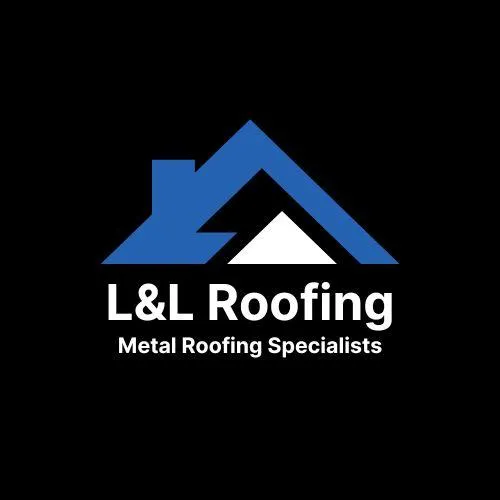
What Homeowners Should Know About Vapor Barriers in Single Ply Roofing
Understanding Vapor Barriers in Single Ply Roofing
Moisture might be invisible—but left unchecked under a roof system, it can quietly destroy everything. For homeowners considering or already using single ply roofing—like TPO, EPDM, or PVC—it’s critical to understand the role of vapor barriers.
At L&L Roofing & Construction, we want you to feel confident in every layer that goes on top of your home, especially the ones you don’t see.
What Is a Vapor Barrier?
A vapor barrier is a sheet or membrane (usually made of polyethylene, foil, or modified bitumen) installed between the roof deck and insulation layer. Its job? To stop water vapor from inside your home from reaching the colder layers of the roof system, where it can condense into liquid and lead to:
Insulation saturation
Mold and mildew
Rusted fasteners or metal decks
Premature roof failure
Do You Really Need a Vapor Barrier?
Not always. But in certain conditions, skipping it could cost you.
You should strongly consider a vapor barrier if:
Your building is in a cold climate (like the Georgia foothills in winter).
You have high indoor humidity (think kitchens, bathrooms, or spas).
Your roofing system includes mechanically attached single ply membranes with air-permeable insulation.
The building is air-conditioned year-round and has limited ventilation above the ceiling.
We’ve seen firsthand in Gainesville and Cumming how moisture buildup under roof membranes can rot decking and destroy insulation—even on roofs only a few years old.
Where Does the Barrier Go?
In most single ply systems, the vapor barrier is installed directly on top of the roof deck, before the insulation and membrane go down.
It must be:
Continuous (no gaps or tears)
Properly sealed at edges and penetrations
Compatible with the roofing assembly
That’s why it’s not just about materials—it’s about who installs them. Poorly applied vapor barriers are as bad as no barrier at all.
Single Ply + Vapor Barrier = Smart Protection
We often recommend vapor barriers under TPO or PVC membranes on flat or low-slope residential roofs. They provide an extra line of defense against:
Temperature fluctuations (which increase condensation risk)
Moisture damage from humid interiors
Long-term degradation of adhesives and insulation
They also support energy efficiency by keeping insulation dry and functional.
How We Do It Right
At L&L Roofing, our team inspects your existing roof and attic to determine whether a vapor barrier is necessary. If it is, we:
Use only code-compliant, manufacturer-approved materials
Seal all penetrations with compatible tapes and mastics
Make sure ventilation and drainage strategies are aligned
Educate you on the system you’re getting
Because building trust is just as important as building roofs.
FAQs About Vapor Barriers in Roofing
How do I know if my current roof has a vapor barrier?
Unless your installer told you or you saw it go in, you probably won’t know without removing a section of the roof. We can assess it during a professional inspection.
Will a vapor barrier trap moisture in my home?
No—when properly installed with adequate attic or ceiling ventilation, it helps move unwanted moisture out safely.
Can I install one myself?
We strongly advise against it. Even small gaps or poor adhesion can render it useless. It’s a job that requires proper materials and experience.
If you’re installing a new single ply roof or repairing one that’s showing signs of trapped moisture, we’re here to help you make the right call.
Call us at (770) 874-0372 to schedule a consultation in Gainesville, Cumming, or anywhere in Northeast Georgia.
Because protecting what matters most starts from the top down.

